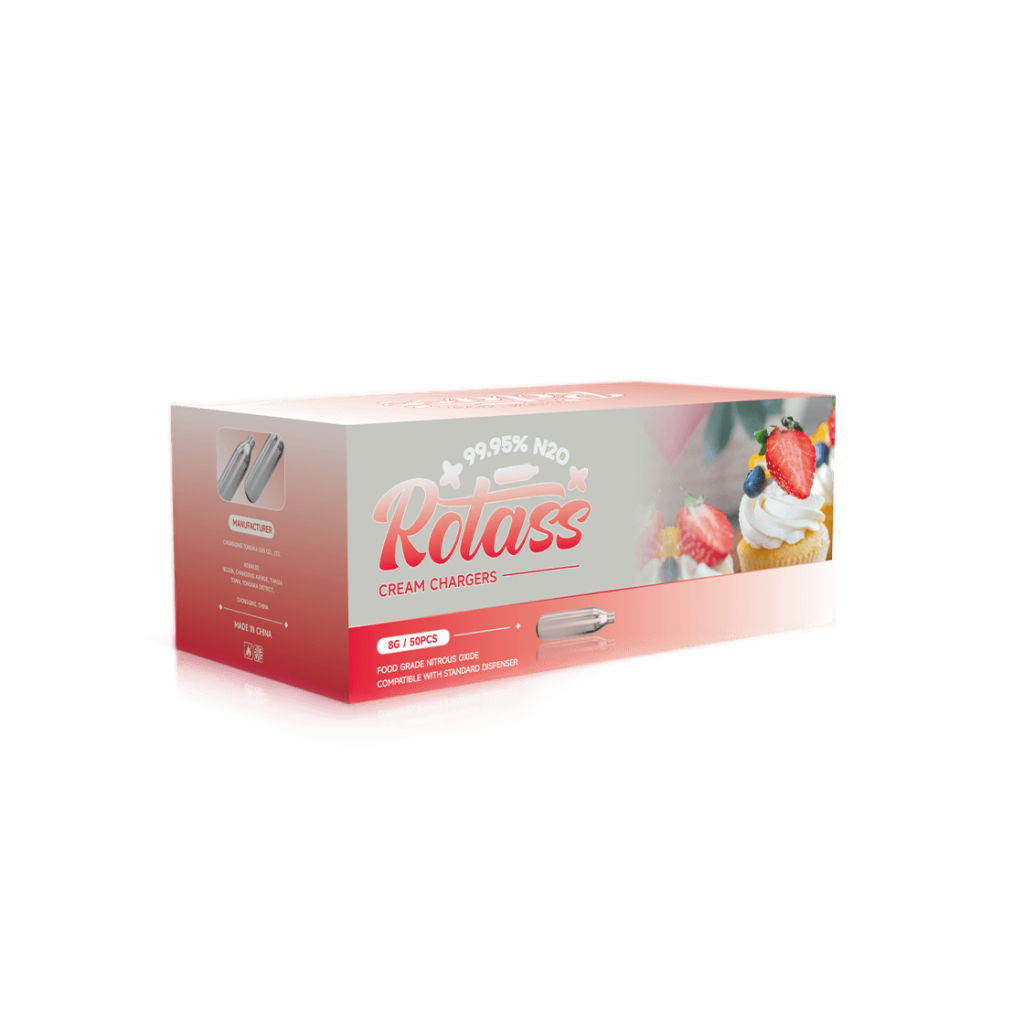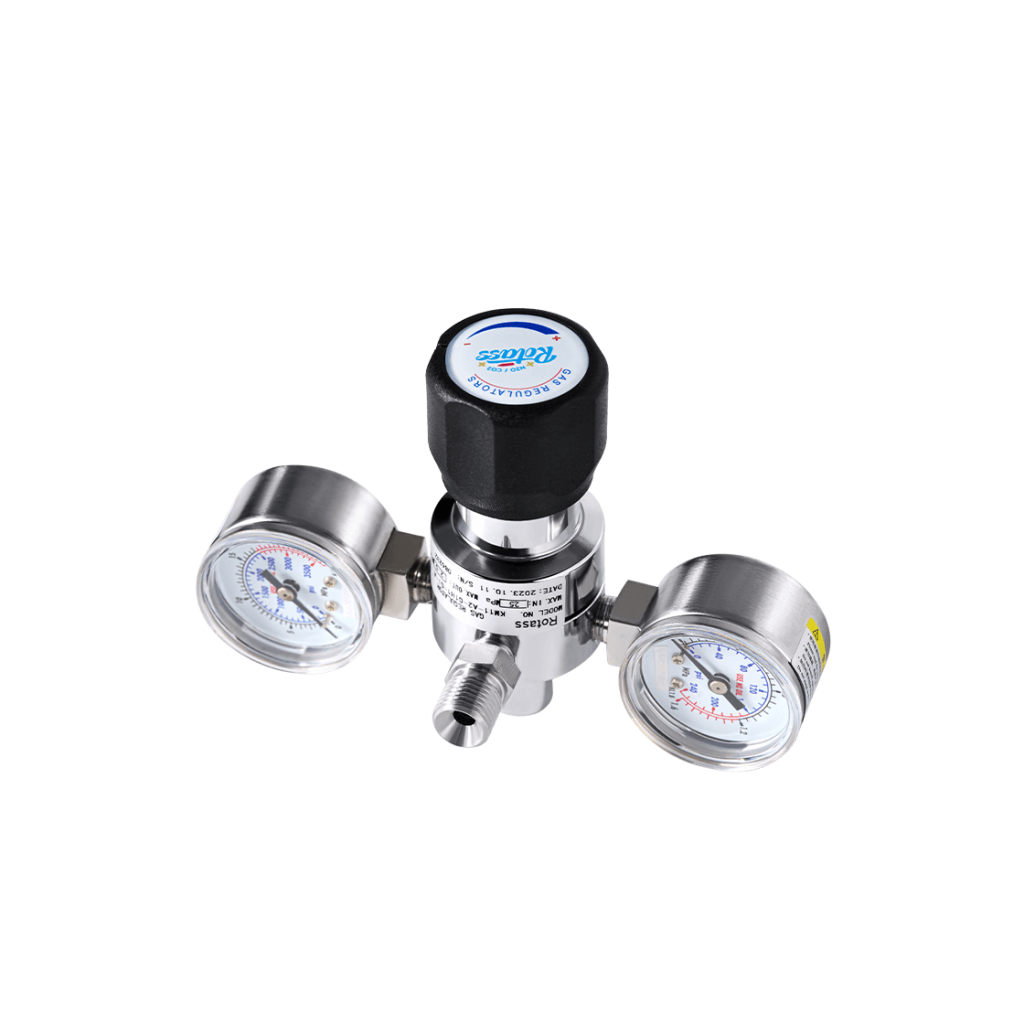2024 / 04 / 17
How to Choose the Right Material for a Cream Dispenser?
When purchasing a Cream Dispenser, many people tend to focus more on capacity, brand or design, but overlook a key point – the material. In fact, the material of the cream dispenser not only affects its service life, but also directly relates to food safety, operation feel and cleaning difficulty. If you are considering getting a cream dispenser, you might as well start with the material.

Why is the material of a cream dispenser so crucial?
A cream aerator is a high-pressure vessel that needs to be used in conjunction with cream and gas fillers (such as N₂O gas bombs). Therefore, the stability, safety and durability of the material are the primary considerations.
If you choose the wrong material, you may encounter these problems:
- It begins to rust or peel off the paint shortly after use.
- When cleaning, dirt gets stuck and unpleasant odors remain.
- The foaming effect is unstable and there are even potential safety risks.
It may seem like a small accessory, but the material choice behind it directly determines your usage experience and long-term cost.
Comparison of Mainstream Materials: Which One Suits You?
At present, the mainstream cream foamers on the market mostly use the following materials, each with its own applicable scenarios and advantages:
Advantages
- It has strong pressure resistance and is suitable for high-frequency use
- Corrosion-resistant, not prone to residual odor or discoloration
- Supports hot water and dishwasher cleaning, facilitating daily maintenance
Disadvantage
- The cost is relatively high.
- The material is relatively heavy and not as light and convenient to hold as aluminum
- Opaque, making it impossible to observe the internal foaming condition
Suitable for: Users with high usage frequency, who value durability and easy cleaning, such as home baking enthusiasts or small dessert shops.

Advantages
- Light in weight and easy to operate
- It has good thermal conductivity and responds quickly to cooling or cleaning
- It is more affordable compared to stainless steel
Disadvantage
- The surface is prone to scratches. If there is no food-grade coating, it is easy to oxidize
- Long-term use may cause the paint to peel off or result in color differences
- It is not resistant to high pressure and is not suitable for industrial use
Suitable for: Beginner users who occasionally use a cream dispenser, or family users with limited budgets.
3. Plastic/resin components (for partial parts only)
Plastics are mostly used for nozzles, bottle caps or connectors. It is generally not recommended to be used as the main material for aerators.
Reminder: When purchasing, please confirm whether these accessories are made of food-grade materials and whether they are easy to replace or clean.
Choose the right material based on the usage scenario
| Usage Scenario | Recommended Material | Reason |
|---|---|---|
| Home use, occasional whipping | Aluminum | Lightweight, cost-effective, sufficient for basic needs |
| Home use, frequent whipping | Stainless Steel | Durable, easy to clean, ideal for long-term and repeated use |
| Commercial use (cafés, bakeries) | Stainless Steel | High safety, supports frequent operation, stable cream output |
| Need to observe cream status | Model with transparent window (rare) | Allows visual control of remaining cream and whipping process |
Don’t overlook these details when making a purchase
Even if you have chosen the major category of materials, you should still pay attention to the product labels and the quality details to avoid making mistakes.
- Is the material clearly marked (especially for the inner tank part)?
- Does the aluminum aerator use a food-grade anti-oxidation coating?
- Are the nozzles and connecting parts made of stainless steel or replaceable food-grade plastic?
- Does it support hot water or dishwasher cleaning?
- Does it have relevant safety certifications (such as FDA, LFGB)?
These seemingly minor details actually affect the sense of security and convenience you feel every time you use them.
Final Words
If you are still hesitant, you might as well give priority to stainless steel material. Although its starting price is slightly high, it is stable, durable and safe, making it suitable for the vast majority of household and commercial scenarios. If you only occasionally try making cream, the lightweight and cost-effective aluminum alloy style is also a good choice.
Don’t let the invisible material details become an invisible obstacle for you to make desserts. Only by choosing the right material can you enjoy every process of whipping cream with peace of mind.










